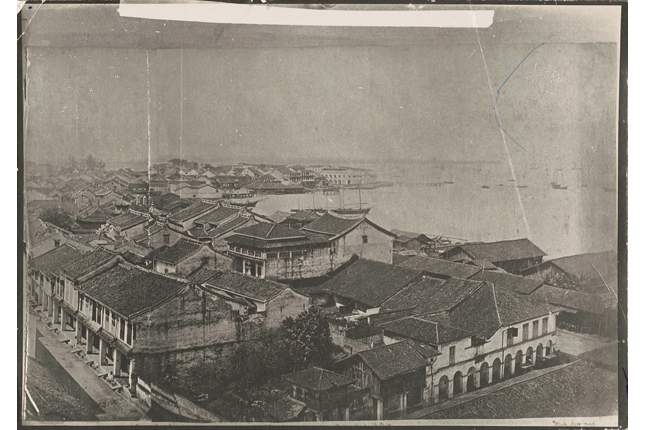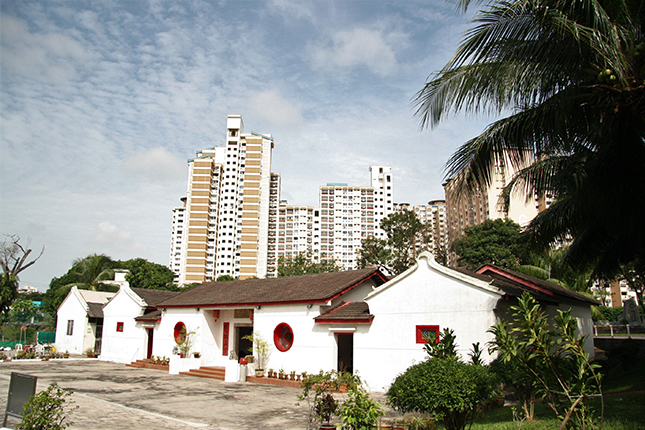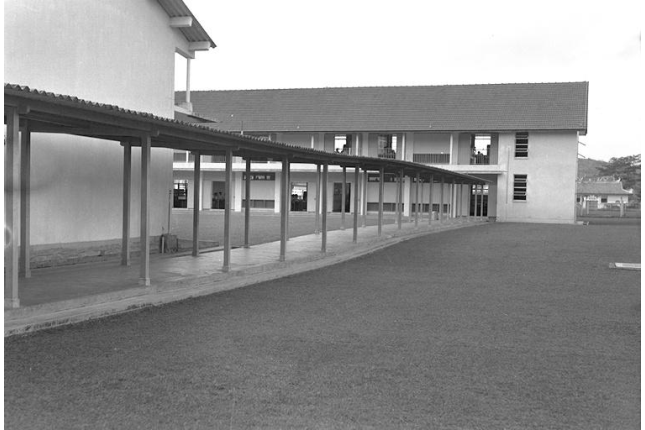Download Queenstown Trail Booklet
The Yin Fo Kun cemetery (Chinese: 应和馆) at Shuang Long Shan Wu Shu Ancestral Hall is Singapore’s last remaining Hakka cemetery. The Ancestral Hall and its surrounding cemetery were established in 1887 for Yin Fo Fui Kun clansmen from Jia Ying (Chinese:嘉应) prefecture in Canton, China, to have a place for burial and ancestral worship. The compound comprised a 1.8 hectare cemetery with over 3,000 tombstones, an ancestral temple, a memorial hall for the clan and a stand-alone columbarium.
Designed in the traditional Chinese architectural style, the Ancestral Temple features a gabled roof with a straight, inclined curvature that is topped with a ridge of ceramic tiles. At the entrance of the Ancestral Temple, a pair of lion statues is arranged in bilateral symmetry to “ward off evil spirits” and a sky well with enclosing halls on four sides is used for temperature regulatingon temperature. Furthermore, the Ancestral Hall incorporates concepts from Chinese cosmology such as feng shui (Chinese: 风水; geomancy) by placing Five Element stones in the middle of the altar located right behind the main hall. The Five Element stones are believed to possess mystical powers to keep the devils away.
Located at the foot of Shuang Long Shan (Chinese: 双龙山; Double Dragon Hill), the Shuang Long Shan Wu Shu Ancestral Hall houses ancestral tablets since the early 20th century. In 1926, Ying Xin School (Chinese应新学堂) was established at the Ancestral Hall to provide education for the village children. The school had five classes and wooden boards were used as makeshift partitions to create classrooms. The school closed in 1969 in the face of declining enrolment.
In 1966, the Singapore Government acquired the burial ground around Shuang Long Shan Wu Shu Ancestral Hall for the development of the Commonwealth and Buona Vista estates. After the remains in all the graves were identified, exhumed and cremated, the ashes were transferred to urns. These were then placed at either under the headstones, at the columbarium in the old Ancestral Hall or at the newer Ying Fo Fui Kun Memorial Hall (completed in 1988).
Today, the Ancestral Hall remains a gathering point for former Shuang Long Shan villagers and serves as a reminder of Queenstown’s past.














